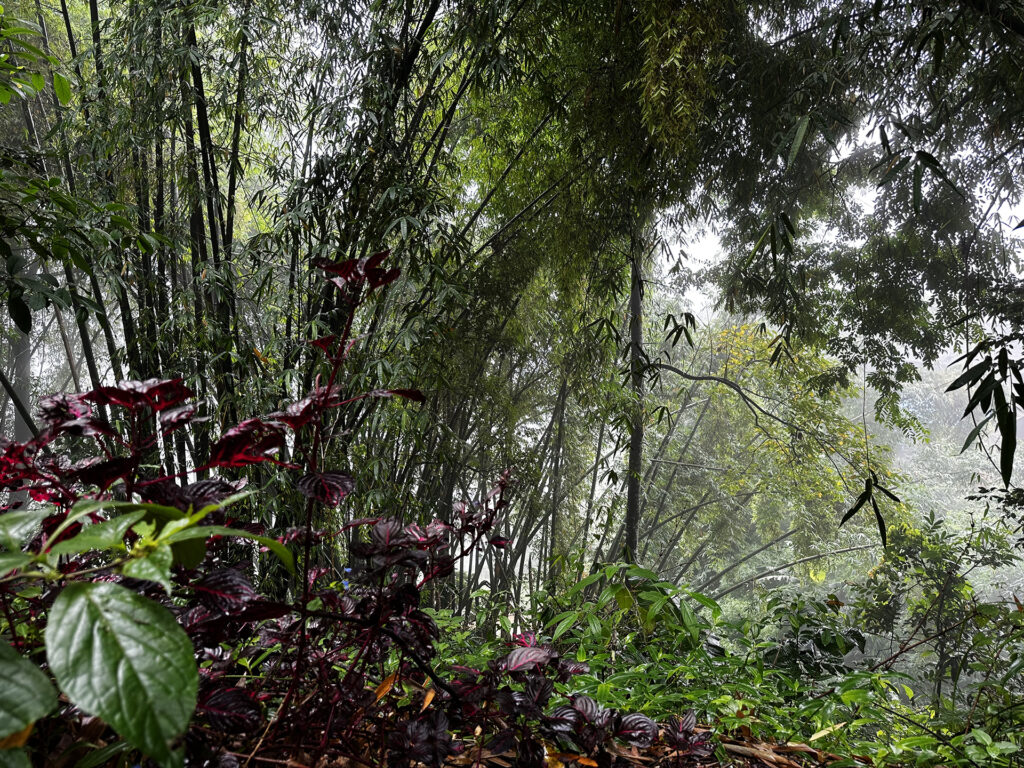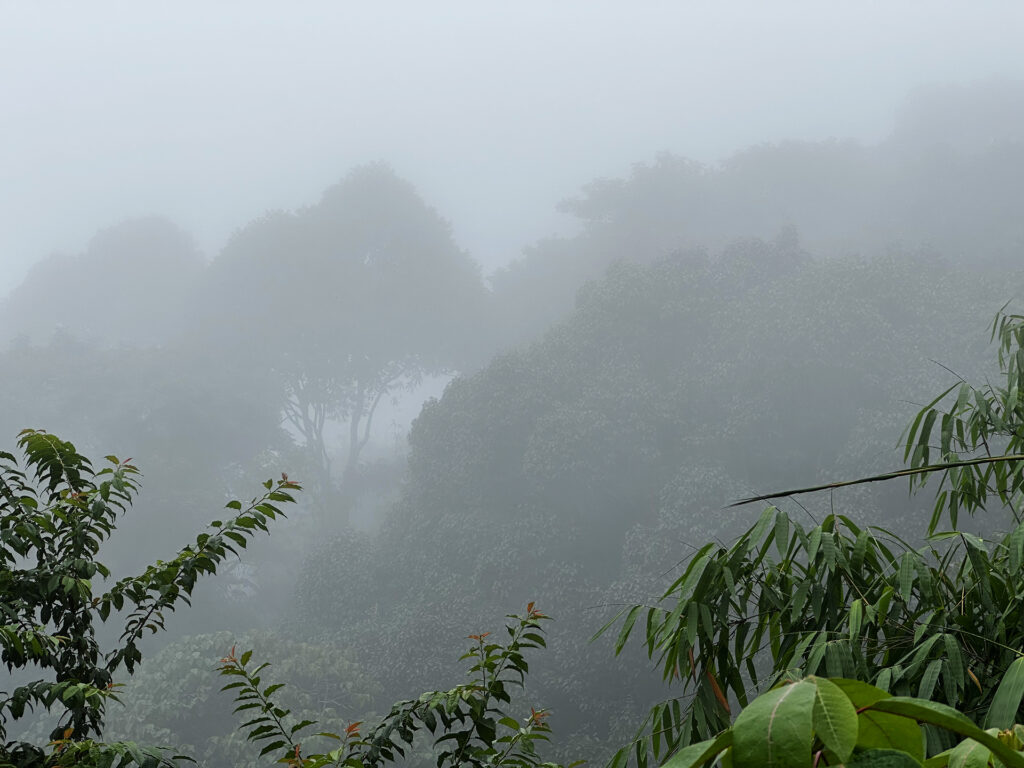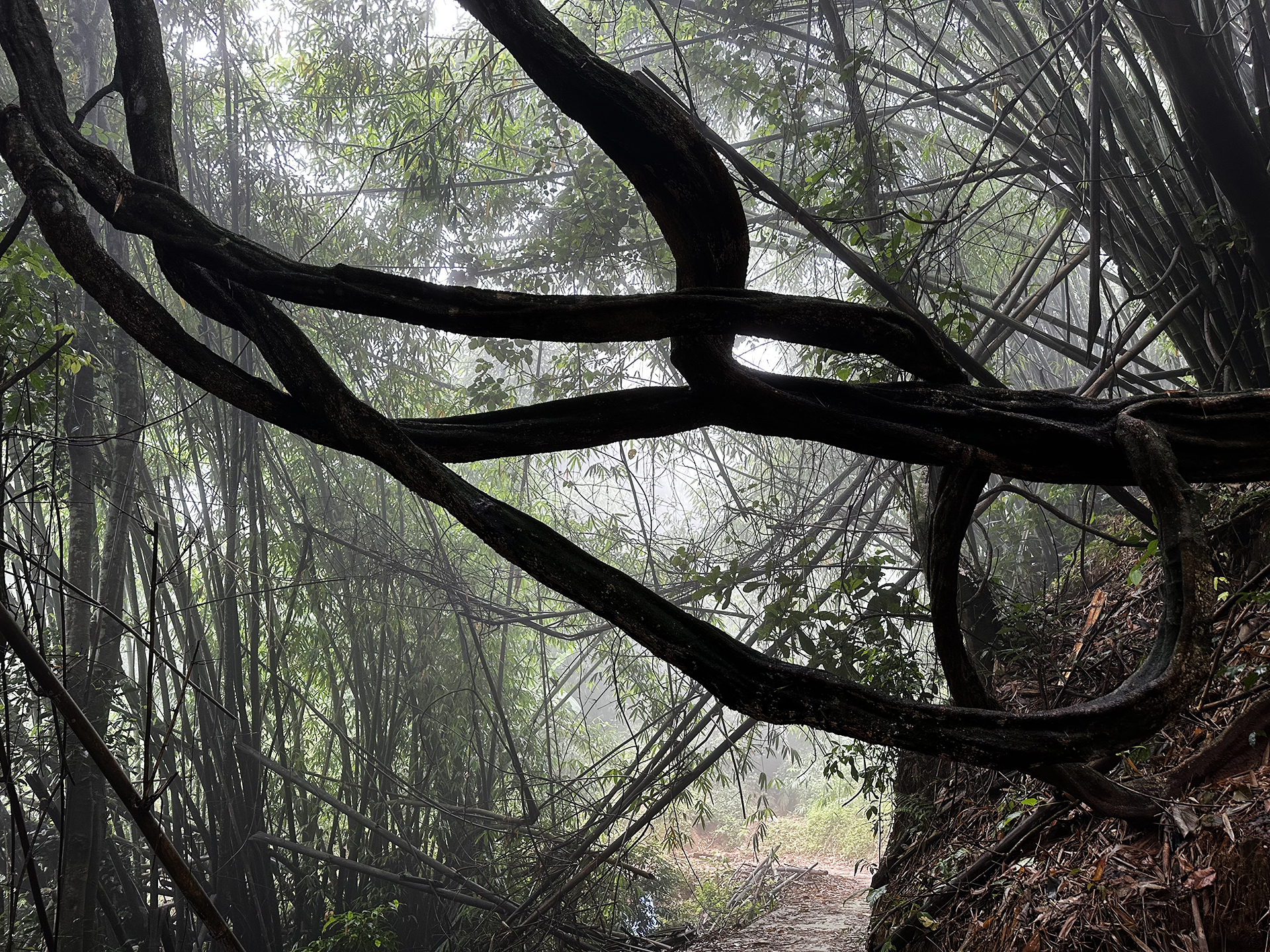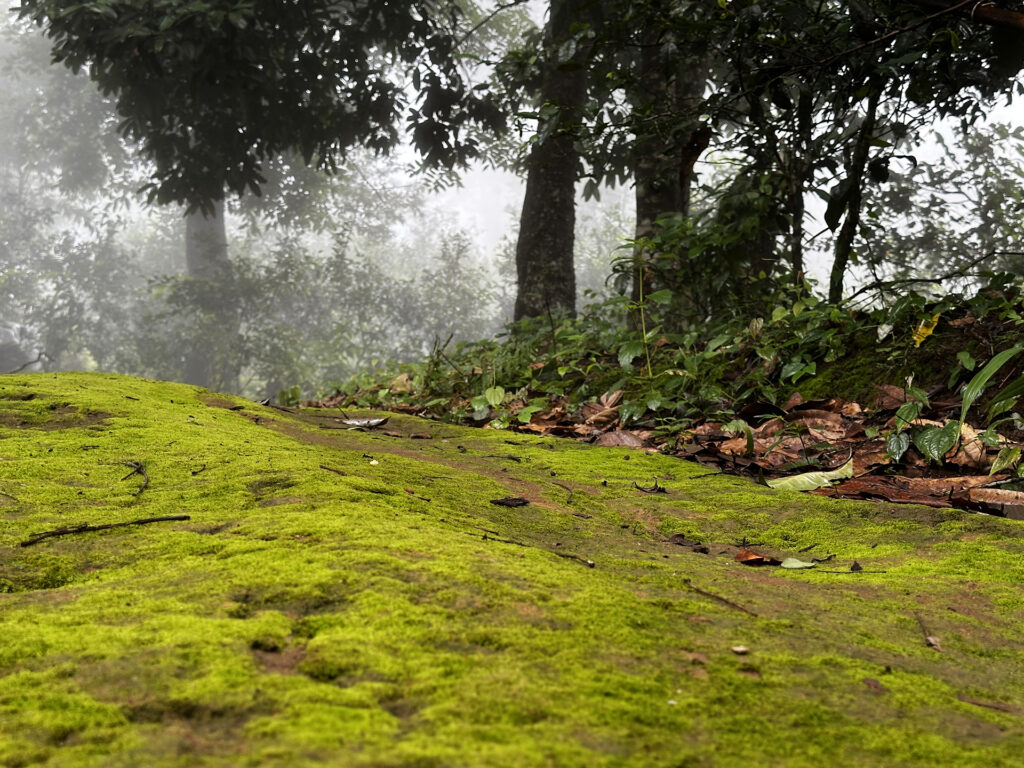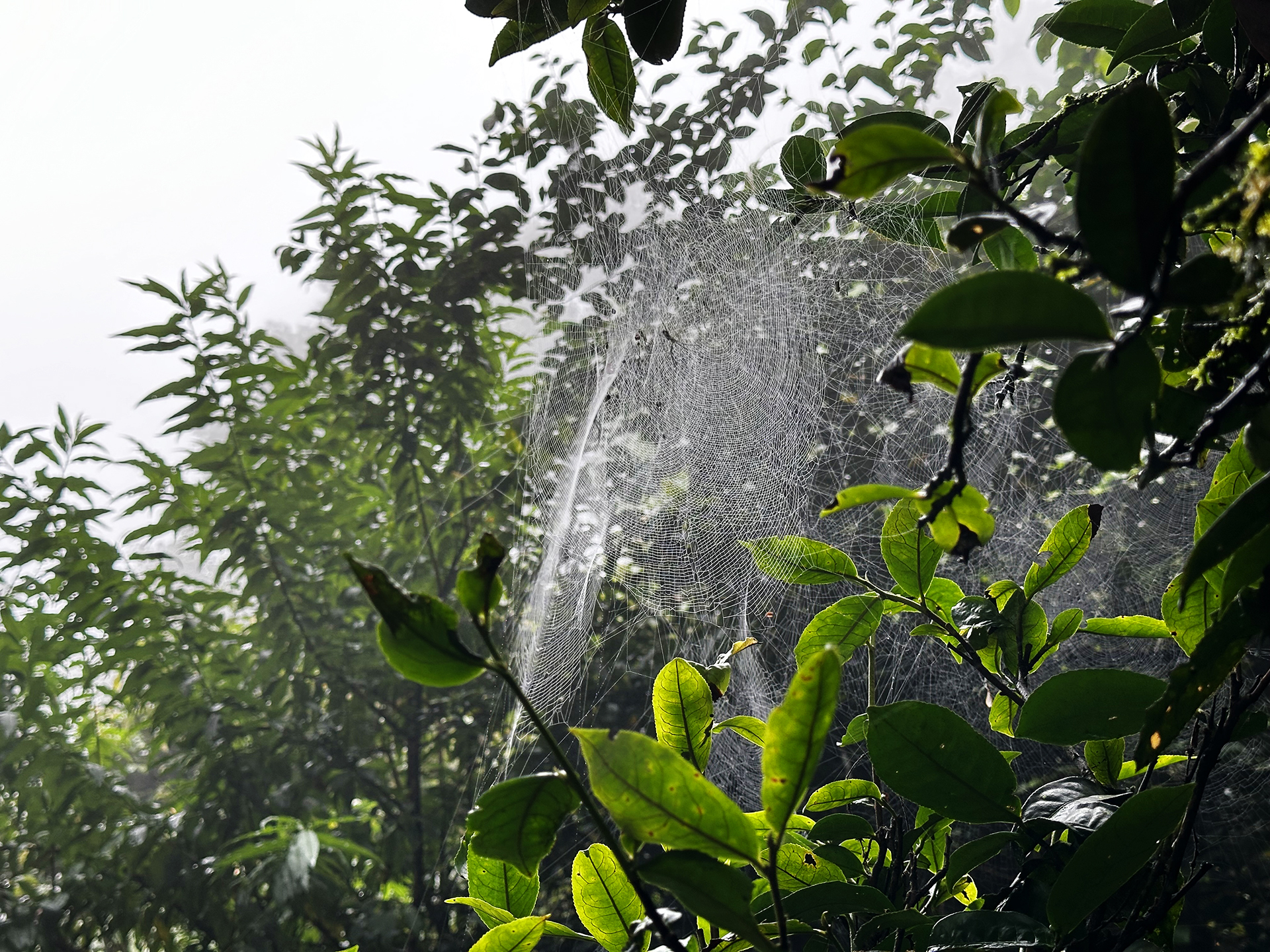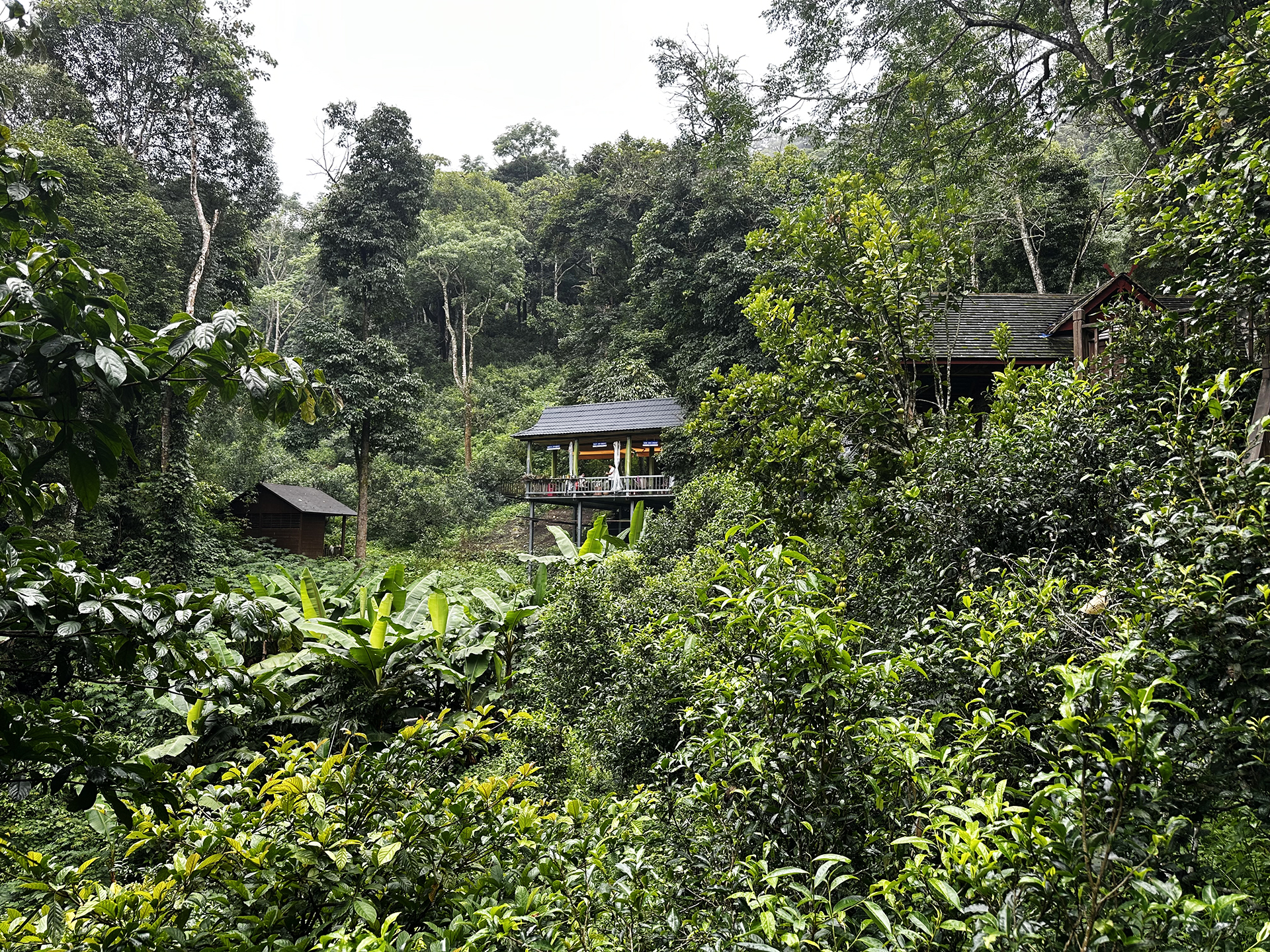
High above the valleys of Xishuangbanna rises Nannuoshan, a mountain draped in mist and legend. In the rainy season, clouds cling to its slopes, weaving through the ancient trees like a living veil. The air is heavy with humidity—rich, green, alive. Every breath tastes of rain-soaked earth and leaves.
Yes, Ancient Tea Forests Are Mixed Forests
Unlike manicured plantations, ancient tea forests are living ecosystems. The term refers to cultivation systems maintained for centuries—often by indigenous communities—where tea trees grow not in isolation, but among bamboo, hardwoods, fruit trees, and wild plants.
A Forest of Guardians
On the misty slopes of Nannuoshan, farmers tend to tea as their families have for centuries. Their work is quiet, deliberate, and deeply respectful of the land. Here, tea farming is not exploitation—it is stewardship.
And whenever you cross their paths, there is an invitation waiting. Step into a home, and the first gesture is always the same: a cup of tea, offered with warmth and kindness.
A Cup of the Mountain
To sip Nannuoshan’s tea is to drink the forest itself. It carries the depth of ancient roots, the freshness of rain, and the softness of cloud-wrapped air. Each cup is more than flavor—it is memory, culture, and belonging.
Nannuoshan is not just a place where tea grows. It is a mystic forest where nature, tradition, and humanity meet—a timeless conversation, poured into every cup.
